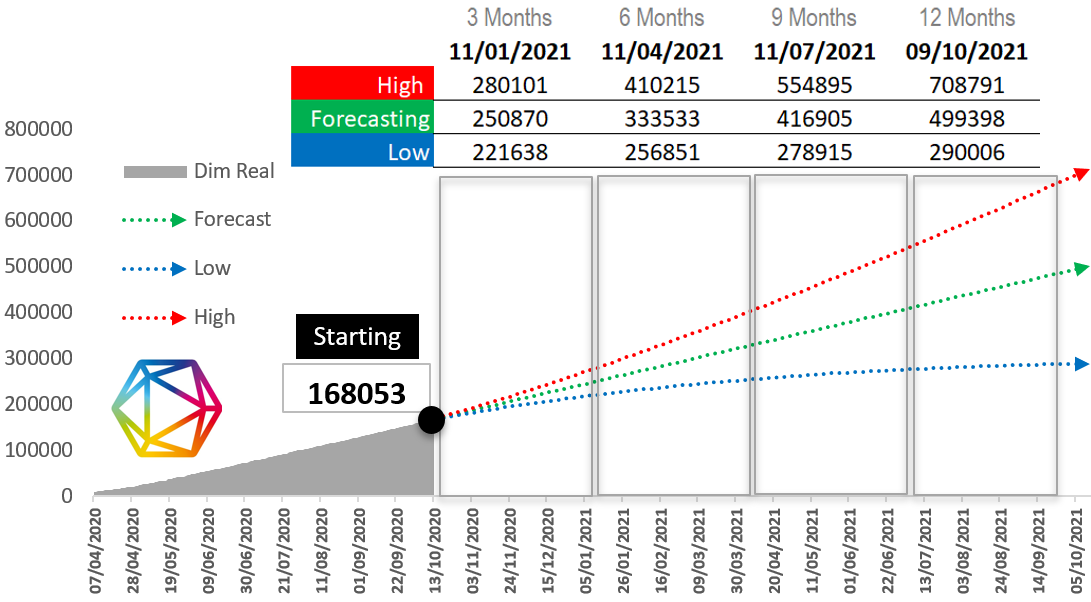29 July 2021
The growth of scientific literature has been one of the main research topics in the field of scientometrics. As far back as the 1960s, Derek de Solla Price developed a model of the exponential growth of science. Although he was not the first to do so, his contribution is one of the seminal contributions to the field.
A major disruption to the publication of scientific literature has been sparked by the COVID-19 pandemic. As the virus spread across the globe, the publication of scientific findings on COVID-19 skyrocketed, reflecting the global effort being made to end the pandemic.
Francois van Schalkwyk, a post-doctoral research fellow at CREST, teamed up with colleagues from the Netherlands and Spain to investigate the growth in scientific publications during the exceptional circumstances of COVID-19 pandemic.
Some work had already been done on quantifying the increase in publications in the early phases of the pandemic, so the team turned its attention to developing a forecasting analysis on the growth of COVID-19 scientific literature expected for 2021.
Being able to predict accurately the growth in publications is relevant in terms of the capacity of scientists, politicians and citizens to digest scientific information and to take scientifically informed decisions. Predictions may also reflect changes in the scholarly communication system.
Their findings were presented virtually in June at the 18th International Conference on Scientometrics & Informetrics (ISSI21). The figure below shows some of their findings.
Forecasted growth of publications in Dimensions for 2021. Predicted growth (green) and upper (red) and lower bounds (blue) accounting for a 95% uncertainty interval. Forecasts are provided every three months.
Based on data published by Dimensions, they forecast that by the beginning of October 2021, the number of COVID-19 publications will reach half a million (499,398), and that the number of COVID-19 publications is expected to double by 14 June 2021. A similar picture emerged when using data from the World Health Organization.
The research presented at ISSI21 was the first step in the team’s ongoing research. The next step is for the team to compare their predictions against actual data (as it becomes available). This will allow them to fine-tune the predictive accuracy of the model.
The urgency of the crisis triggered by the pandemic has pushed the expansion of open access and the inclusion of preprints as tacitly accepted scientific publications (although with many cautionary notes). This presents challenges related to the control of scientific quality, certainty and rigour, although it is still too early to tell whether quality is being compromised in these pressing times of accelerated scientific discovery.
The final step will be to use the model to explore questions such whether and why there are differences between the growth in the publication of open access and paywalled COVID-19 journal articles. Or whether the exponential growth in preprint articles is likely to continue as the pandemic persists.
Download the paper
Post-doctoral research fellow at CREST, Francois van Schalkwyk, teamed up with colleagues to investigate the growth in scientific publications during the COVID-19 pandemic.




